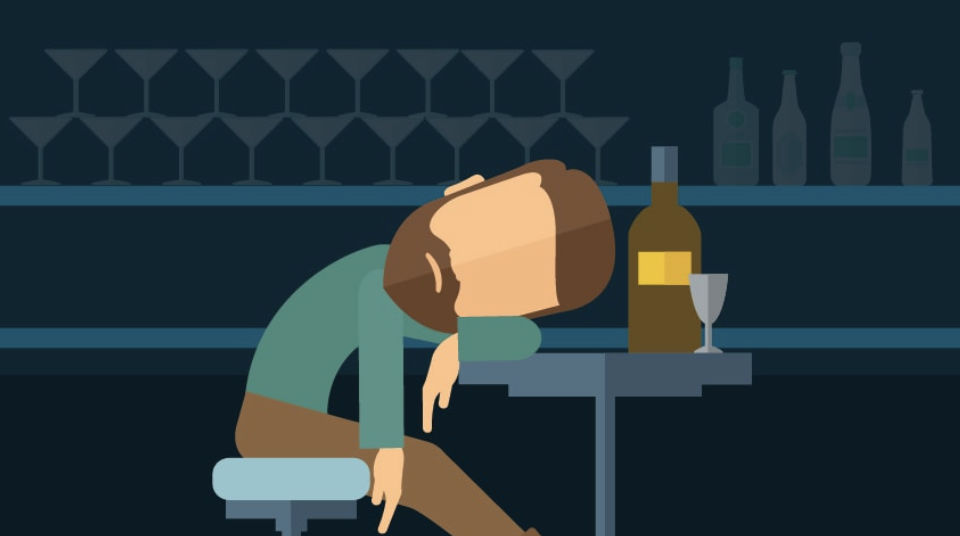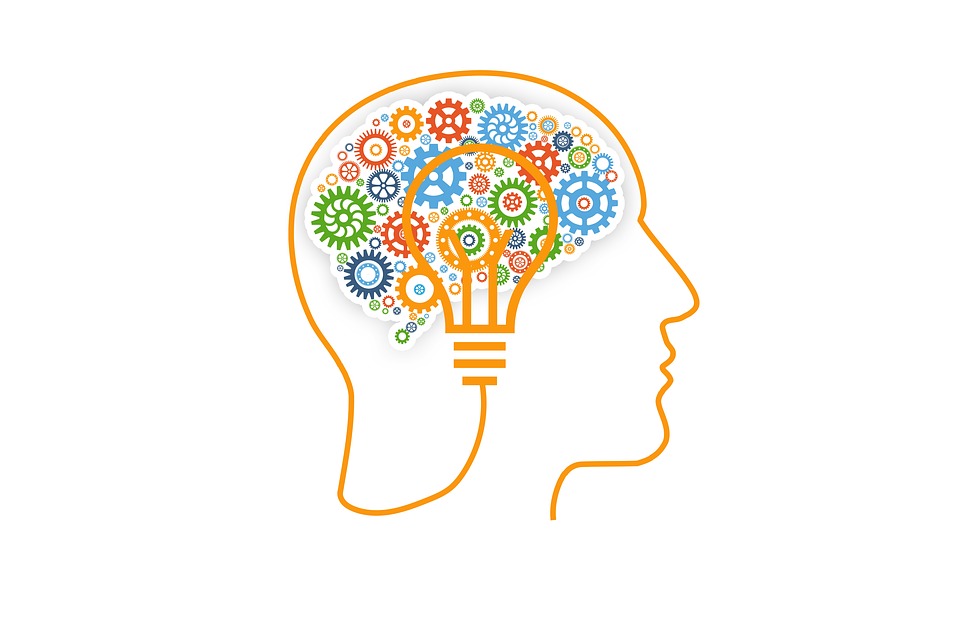
MORE FROM MICHIGAN: Sign up for our weekly newsletter
“There’s no quantity or frequency of alcohol included in the definition,” says Anne Fernandez, Ph.D., a clinical psychologist for University of Michigan Addiction Treatment Services.
“Essentially, it’s really about certain features of alcohol use becoming a problem in your life — you’re starting to lose control or not being able to cope without a drink.”
There are, of course, outward signs, such as risky behavior and neglected relationships. Family members or an employer are often the first to notice a problem with alcohol, as the affected individual might not recognize the extent of his or her actions.
And no single diagnostic method exists: “We can’t do an X-ray or rely on a blood test alone,” Fernandez says.
It’s why doctors and mental health professionals rely on a list of 11 criteria that could signal the presence of alcohol use disorder — an issue that affects 17 million U.S. adults and 855,000 youths ages 12 to 17, according to the National Institutes of Health.
Signs of alcohol use disorder
To assess a patient’s likelihood of alcohol use disorder, doctors will ask if any of the following events has taken place in the past year:
- Had times when you ended up drinking alcohol more or longer than intended?
- More than once wanted or tried to reduce or stop drinking but couldn’t?
- Spent a lot of time drinking or being sick from the aftereffects?
- Wanted a drink so badly you couldn’t think of anything else?
- Found that drinking — or being sick from drinking — often interfered with work, family or school duties?
- Continued to drink alcohol even though it was causing trouble with your family or friends?
- Given up or cut back on activities that were important, interesting or pleasurable to you in order to drink?
- More than once gotten into situations while or after consuming alcohol that increased your chances of getting hurt (such as swimming, driving, using machinery, walking in a dangerous area or having unsafe sex)?
- Continued to drink alcohol even though it was making you feel depressed, anxious or adding to another health problem? Or after having had a memory blackout?
- Had to drink much more than you once did to get the effect you want? Or found that the usual number of drinks had much less effect?
- Found that when the effects of alcohol were wearing off, you had withdrawal symptoms, such as trouble sleeping, shakiness, restlessness, nausea, sweating, racing heart or a seizure? Or sensed things that were not there?
The criteria come from an authoritative handbook known as the Diagnostic and Statistical Manual of Mental Disorders, Fifth Edition (or DSM-5).
The number of “yes” answers determines the level of alcohol use disorder.
According to the DSM-5, a patient who answers two to three questions in the affirmative is considered to have mild alcohol use disorder. Those who cite four to five are moderate cases. Those who confirm six criteria or more are believed to be severely affected by their alcohol consumption.
Says Fernandez: “Depending on the severity, the level of care recommended by a treatment provider will likely be different.”
Treatment for alcohol use disorder
Drugs and alcohol cause changes in the brain that can make the process of quitting extremely complex. Addiction is also caused by factors such as genetics, environmental influences and developmental factors (such as the age that a person’s substance use begins).
SEE ALSO: ‘True Blood’ Actor’s Death Spotlights Danger of Alcohol Withdrawal
Which is why a severe case of alcohol use disorder may require specialized care. Cutting off alcohol in those with long-term or chronic consumption could lead to withdrawal and be fatal.
“Individuals who are drinking at a level where it’s not safe to stop on their own need a medically supervised detox,” says Fernandez. “Ideally, the next step is appropriate treatment, such as an intensive outpatient program.”
Other treatment options include counseling and 12-step support groups. At U-M’s addiction treatment center, an offering known as the Discovery Group targets people who may or may not feel they have a substance use problem and are unsure whether they want to change.
Some patients may need a prescription medication (naltrexone, acamprosate or disulfiram) that helps reduce alcohol dependence.
Helpful, too, are newer approaches: “Cognitive behavioral therapy and mindfulness strategies for addiction have scientific backing and are entering into the treatment setting pretty rapidly,” Fernandez says.
Respect for patients and loved ones
Still, the prospect of getting someone into treatment can be difficult — if not contentious.
“I think having an open and a compassionate conversation without being judgmental or accusatory can at least open a dialogue,” Fernandez says, noting that addiction is a chronic relapsing condition and that it often takes several attempts to maintain sobriety.
SEE ALSO: How Alcohol Impairs Your Ability to Drive
She also notes that loved ones can set limits around “what they’re willing to tolerate,” including the threat of leaving in extreme cases, to ensure their own safety and emotional well-being.
Likewise, those affected by another person’s alcohol use disorder might seek individual or family counseling, Fernandez says.
University of Michigan Addiction Treatment Services offers a comprehensive range of services to help treat mild to severe substance use disorders. To schedule an appointment, call 734-764-0231.



